Hi, I’m Kat Sigafoose, the Director of Patient Access at Tahoe Forest Health System. I’m here today to talk about selecting an insurance plan.
The first thing that you’re going to want to do when selecting a health insurance plan is to look at the premiums. The premiums are the amount that you are going to have to pay in order to retain health insurance. If this is through an employer, employers typically pay for a portion of this as well. They may also give you different options to select from.
You also will want to look into whether you want to select an HMO plan, a PPO plan, or an EPO plan. An HMO plan is a health maintenance organization. These are typically less expensive than a PPO plan, but they do tend to have a smaller network. With a smaller network, they also typically require you to see your primary care physician to be referred to see a specialist.
A PPO plan is a preferred provider organization. These are typically a little bit more expensive than an HMO plan, but the network is much larger and you typically can just schedule with a specialist. You do not need a referral.
Then we have our EPO plans, which are exclusive provider organizations. These have elements of both an HMO plan and a PPO plan. With the EPO plans, they have elements of both an HMO plan and a PPO plan, so they do have narrower networks like an HMO plan. However, like a PPO plan, you don’t have to see your primary care physician to get a referral to see your specialist.
It is also important to make sure you’re taking a look at the benefits for the plan that you select. You’ll want to take a look at what that co-payment is going to be. That’s the flat amount that you will have to pay when you go see your physician or have a visit to the emergency room, as well as your deductible. The deductible is the amount that you’re going to have to pay before your insurance starts to cover. Once you meet that deductible, you will then have a co-insurance. The co-insurance is the amount that you will have to pay as well as how much your insurance is going to pay. For example, if it’s a 20% co-insurance, you will have to pay 20% of those total charges, and your insurance will cover 80%. That is all the way up to your out-of-pocket maximum, which is essentially the maximum amount that you will pay for that year.
One thing that you want to make sure you look out for is limited benefit plans. Limited benefit plans typically do not cover all of the essential health benefits. That is definitely a question that you will want to ask to ensure that they do cover all of your essential health benefits. For example, that’s a hospital stay, lab work, diagnostic imaging.
Another thing that you may want to ask is what preventative care looks like. Are there specific labs that they cover for preventative care? Typically, these are services that are covered at 100% by your insurance plan.
Another question that you’re going to want to ask is whether your physician is in-network with the plan that you select. You’ll want to make sure that the physicians that you want to see, as well as the facility, are in-network. You’ll want to provide your insurance plan the physician name and location or facility name and location to ensure they’re in-network. If you do a lot of traveling and you seek services in other areas, you will also want to ensure that those physicians and facilities are in-network.
If you’re seeking services at our health system and you have any further questions, you can reach out to our financial counseling team at (530) 582-6458




